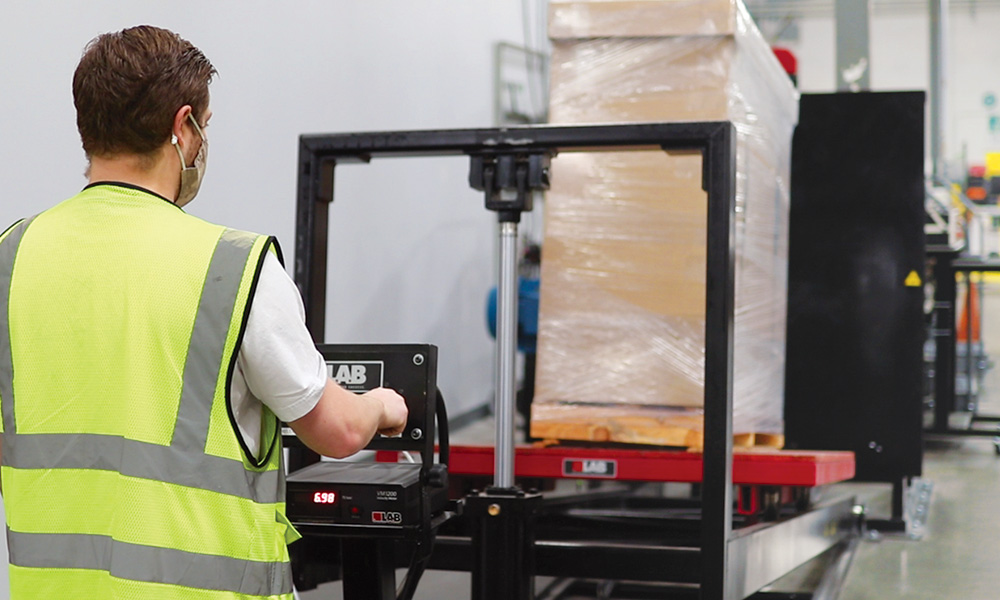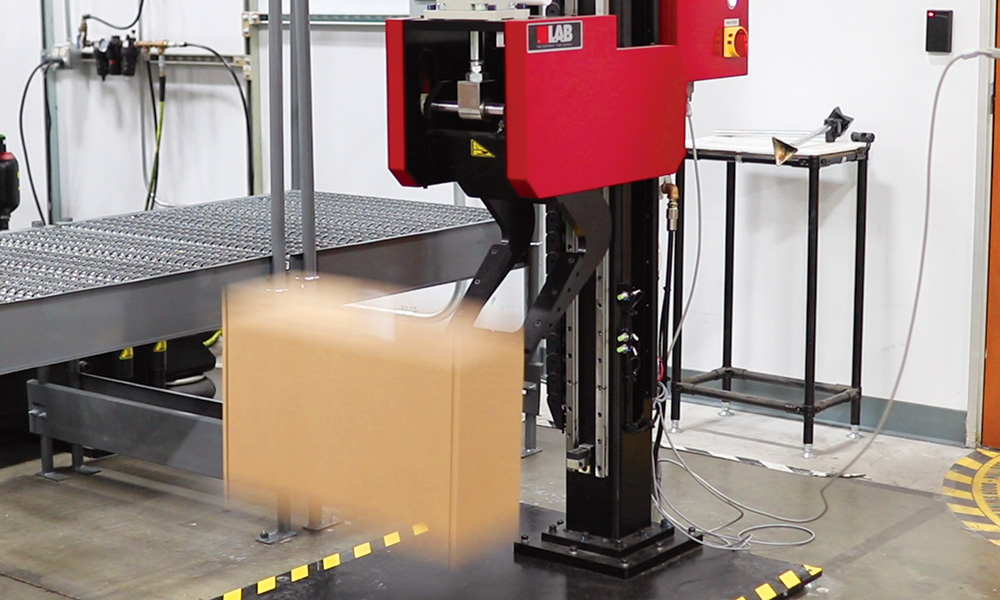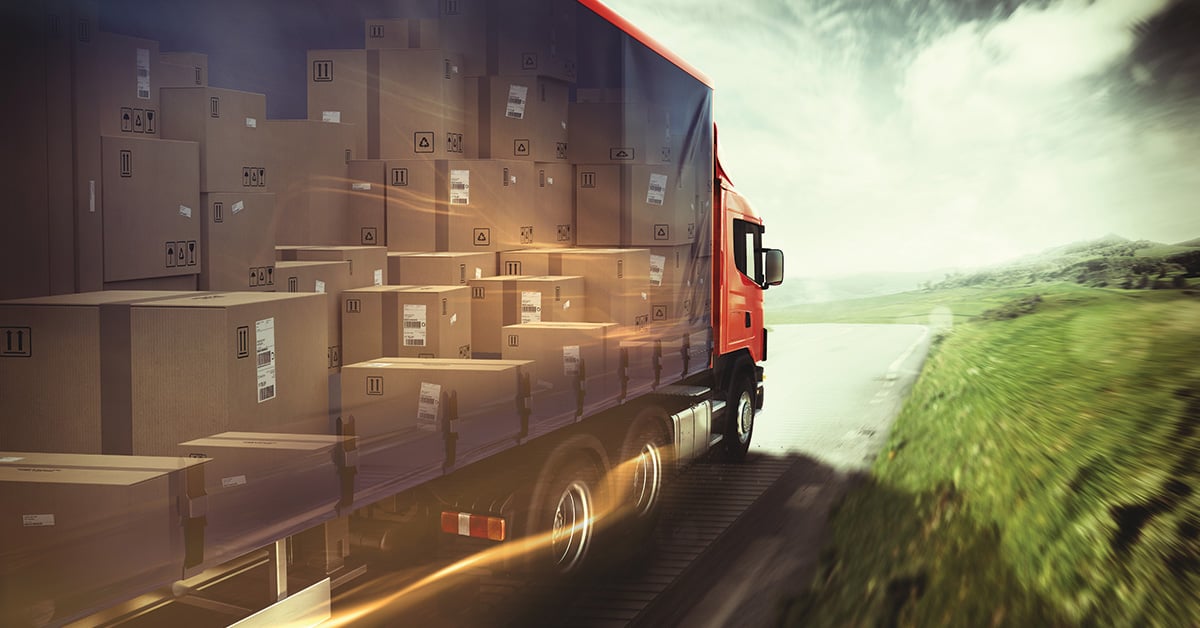Package testing is a valuable way to keep products safe once they've left the warehouse. The shipping process can be unpredictable and even seasoned professionals can't always foresee how their packages will be handled along the way. Better package testing can mean the difference between a near-miss and several skids of ruined merchandise.
The basics of package testing can be adapted to any number of goods. From refrigerators to smartphones, the number of variables can be adjusted to fit the situation in question. We'll look at how standards are determined and how you can design your packaging to safeguard against damage or loss.
The ISTA
The International Safe Transit Association (ISTA) Advocate Council has been instrumental in optimizing the transportation supply chain. The council coordinates and directs the research and development companies need to streamline operations and achieve volume goals.
While there are many different testing procedures, the ISTA categorized testing methods into seven series of different procedures. Which one a carrier uses will depend on the weight of the product, the compression scenarios being tested, and the methodology of shock testing needed.
Tests are often carried on in a laboratory that simulates the sequences of different testing environments. From different transportation routes to tropical humidity conditions, the idea is to be as specific as possible.

Common Types of Testing
Each carrier has its own methods for package testing, developed based on the type of shipping conditions that their goods will come up against. Here are a few common types that companies can pick and choose from.
Mechanical
Transported goods are subjected to multiple mechanical forces, including the vibrations of the vehicle and impact shocks. Whether it's a truck that has to stop short or an ocean freight that hits an unexpected wave, one too many unexpected events can lead to serious loss. Simulating these events makes it possible to see if the products inside will hold up, regardless of the individual position they're in on the vehicle (e.g., at the top, middle, or bottom of the stack).
Vibrations can be tested on a variety of axes across the package, be it up, down, or across. Vibrations can also be calibrated to test for different degrees of intensity. Shock tests might include free falls, rotational shocks, or incline shocks. If a package is damaged due to sliding off a shelf as opposed to being dropped straight down, you have the chance to fix the problem before it turns into a disaster.
Climate
It's not always easy to control the climate during the shipping process, even for temperature-controlled vehicles. Hot, cold, dry, humid: these conditions play a major role in how your packaging is affected. If the materials on the outside are compromised, it's only a matter of time before the materials on the inside are compromised as well.
Testing will place packaged goods in different situations to see how everything holds up. Stress tests include varying humidity conditions and simulating severe temperature changes. You can also arrange to have water sprayed along the packaging to see how well the materials react against the moisture.

Pressure
Compression testing is a chance to see how goods will perform when they're stacked one on top of another. It's done by alternately applying, releasing, and maintaining pressure to see what occurs. However, it's not just stacking pressure that packages have to undergo.
Package testing can be further adapted for any number of events. Whether it's rolling and toppling, cutting, edge crushing, corrosion, or punctures, companies can customize testing conditions. Have you been noticing that certain parts of the package container seem more vulnerable than others? You can thoroughly evaluate packaging performance to see where you need to make changes.
Computer Analysis
For as many methodologies are there available, there are certain real-world conditions that are too impractical to test. The computer analysis used in the industry is known as Finite Element Analysis (FEA). It's digital testing that provides realistic insight into how packages will perform and whether they can be altered without compromising their integrity.
This can help companies re-engineer their packaging processing, perhaps using less expensive materials or achieving more stability simply by changing the shape of the box. These analyses can be adapted to any number of scenarios but are often used for extremely large packaging that would be too difficult to test using normal methods.
The Bay Cities Way
When it comes to package testing, the ISTA sets the Gold Standard. Bay Cities meets all protocol regulations laid out by the ISTA because we only accept the best for our clients. Bay Cities supports the council's efforts and methodology. It's why our testing site is fully compliant with ISTA's recommendations.
Our team members are trained in the ISTA procedure, and our lab is ISTA certified. When we perform ISTA tests for our clients, we look at how real-world conditions will affect products. From constant vibrations on a truck to accidental falls, we check how the contents react to each stress.
Our reports help clients protect their products and profits and ensure high customer satisfaction. Our testing inspires confidence for new product launches and reduces the number of returns due to damaged goods. If you want to make an impression on your customers, it starts with safe transport. Let us help you find the best methods to keep your products from harm.



/BC_Logo2_White.png?width=300&height=83&name=BC_Logo2_White.png)